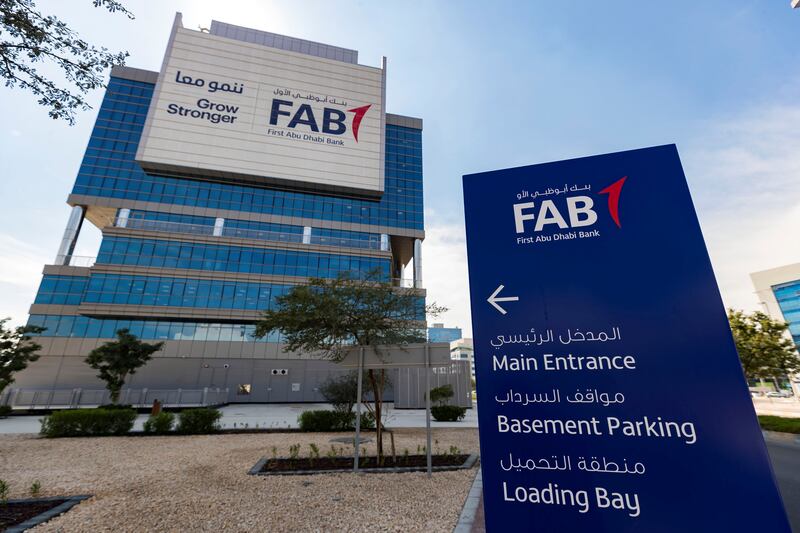Profits at the four largest banks in the UAE grew during the first half of this year as operating conditions improved and impairment charges for bad loans fell further amid continued economic recovery, according to Moody’s Investors Service.
The top four lenders by assets reported a combined net profit of $4 billion in the first half of 2021, a 17 per cent annual increase, Moody’s said in its latest report released on Tuesday.
First Abu Dhabi Bank, the biggest lender by assets in the country, Abu Dhabi Commercial Bank, Dubai’s largest bank Emirates NBD and the UAE’s largest Sharia-complaint lender Dubai Islamic Bank account for more than 77 per cent of banking assets in the country.
“They [the banks] booked lower loan-loss provisions, reflecting the pick-up in economic activity and consumer confidence,” Nitish Bhojnagarwala, a vice president and senior credit analyst at Moody’s, said.
“Easing pandemic restrictions, a strong vaccination roll-out, renewed real-estate activity [particularly within the villa segment] and increased optimism regarding upcoming projects such as Expo 2020, all helped to boost confidence.”
Like their global peers, banks in the UAE, the Arab world’s second-largest economy, faced tougher operating conditions in 2020 as the Covid-19 pandemic disrupted economic momentum.
However, the UAE economy has bounced back strongly and is expected to expand 2.4 per cent in 2021 on the back of its rapid mass Covid-19 inoculation programme and fiscal stimulus and monetary measures, according to the Central Bank of the UAE.
The country’s non-oil economy is expected to grow about 4 per cent this year and next, while overall economic growth is expected to be 3.8 per cent in 2022, the banking regulator said last month.
Moody’s said overall provisions for loan losses of the four banks in the first six months of the year fell 38 per cent. Impairment charges declined in double digits for all four banks, however, coverage for loan losses “moderately declined to still solid levels of 83 per cent”.
Net interest income for the lenders, however, fell 12 per cent for the six months to the end of June, pulled back by lower interest rates that were globally cut to record lows to support the financial industry during the pandemic. The decline was slightly offset by lower interest expenses as banks retired expensive deposits in an effort to reduce funding costs, according to Moody’s.
Non-interest income during the first half, however, increased 17 per cent year-on-year, propelled by investment securities and fee-based activities.
“The aggregate return on assets of the four banks was 1.2 per cent for the first half of the year, up 10 basis points year-on-year, but lower than the 1.7 per cent they achieved in 2019,” the credit rating agency said.
“We expect bottom-line profitability to gradually improve over the next 12 to 18 months as banks ease their provisioning efforts.”
While the lenders recorded a drop in operating costs during the six-month period, further cost optimisation continues to be a focal point amid low interest rate regime. The combined cost-to-income ratio for the four banks remained broadly flat at 31 per cent. While operating costs fell for the group in aggregate, cost efficiencies differed within the group, Moody's said.
All four banks reported "solid capital buffers", supported by stronger retained earnings, lower dividend payouts, and muted growth in risk-weighted assets.
"They [the banks] maintain a cautious approach to lending amid ongoing pandemic uncertainty," Moody's said.
The combined Tier-1 capital ratio of all four banks stood at 15.9 per cent at the end of June, well above the regulatory minimum, while the combined tangible common equity to risk-weighted assets – another measure to gauge capital of a financial institution – stood at 13.8 per cent during the same period, broadly in line with 2020 levels.
"This was despite new central bank regulations requiring UAE banks to increase their asset risk weighting on GCC credit exposures," Moody's said.







